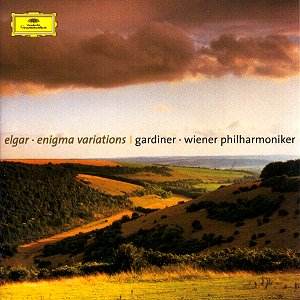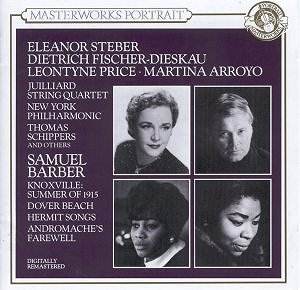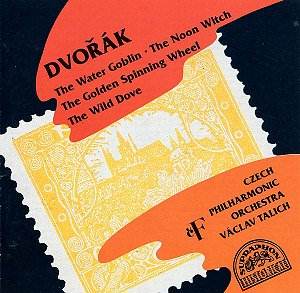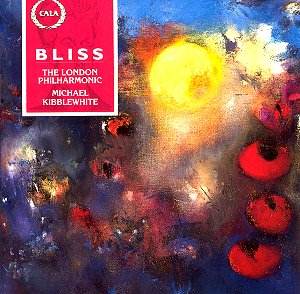 Composer: Johann Sebastian Bach
Composer: Johann Sebastian Bach
Works: Complete Organ Works Volume 3 – Trio Sonatas and Fantasias (II); Fantasie und Fuge in G minor, BWV542; Trio Sonata No. 4 in E minor, BWV528; Fantasia (Concerto) in G major, BWV571; Trio Sonata No. 5 in C major, BWV529; Pièce d’Orgue (Fantaisie) in G major, BWV572; Trio Sonata No. 6 in G major, BWV530
Performers: Ewald Kooiman, organ
Recording: August 1991, Grote of Mariakerk, Meppel, Netherlands
Label: CORONATA COR 1413 [71.24]
The works of Johann Sebastian Bach, a colossus of the Baroque period, continue to captivate audiences and performers alike with their intricate counterpoint and profound expressiveness. This third volume of Ewald Kooiman’s exploration of Bach’s complete organ works delves into the Trio Sonatas and Fantasias, showcasing compositions that blend technical brilliance with lyrical depth. The trio sonatas, particularly, stand out as masterful representations of Bach’s ability to interweave melodic lines, creating a tapestry of sound that requires both precision and interpretive insight.
Kooiman’s interpretation of the Trio Sonatas is marked by a deliberate pacing that brings to light the subtle interplay of voices, a hallmark of Bach’s writing. The decision to maintain relatively slow tempos allows listeners to appreciate the nuanced counterpoint that might otherwise be obscured by haste. However, this approach is not without its drawbacks; the faster movements occasionally lack the vigor and rhythmic drive that one might expect. For instance, in the finale of the Trio Sonata No. 4 in E minor, BWV528, the energy feels somewhat stifled, as if Kooiman is holding back rather than unleashing the full vibrancy of the music. Conversely, the slower sections resonate with a lyrical intensity that aligns beautifully with the contemplative nature of the works.
The disc also features the vibrant Fantasie und Fuge in G minor, BWV542, which serves as the centerpiece of this collection. Here, Kooiman demonstrates a commanding grasp of the organ’s capabilities, infusing the performance with dynamic contrast and a sense of drama that elevates the work above the more subdued trio sonatas. The fugue, in particular, showcases Kooiman’s technical prowess, with each voice clearly delineated, allowing the listener to savor the intricate dialogues that Bach so masterfully constructs.
Recording quality plays a crucial role in the overall experience, and this production captures the organ’s sonorous qualities effectively. The acoustic of the Grote of Mariakerk enhances the sound, providing a warm resonance that complements the intricate textures of Bach’s music. However, a notable technical choice was to record all three movements of the trio sonatas on a single track. This decision, while not uncommon, can be frustrating for listeners who wish to navigate directly to specific movements, potentially detracting from the listening experience.
Kooiman’s struggles with the contrasting demands of the sonatas are evident when compared to other notable recordings, such as those by Marie-Claire Alain or Ton Koopman, who typically manage to imbue the faster movements with more energy while maintaining the requisite lyrical sensitivity in the slower passages. While Kooiman’s interpretations are thoughtful, they occasionally lack the vigorous interplay that characterizes these works.
This volume of Kooiman’s Bach series, while offering moments of exquisite beauty and insight, ultimately feels uneven. The clarity of the slower movements often shines, yet the faster sections may leave listeners yearning for a more vigorous portrayal. The G minor Fantasia and Fugue stands out as a triumph, highlighting Kooiman’s strengths in a more expansive and dramatic context. The challenge remains for Kooiman to reconcile the duality of Bach’s intricate writing with his interpretive choices, a task that will be essential for any future recordings in this esteemed series.



